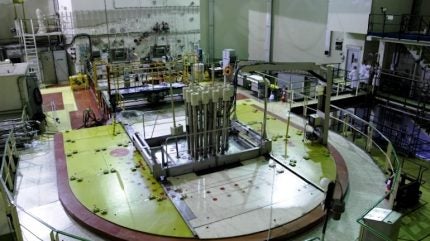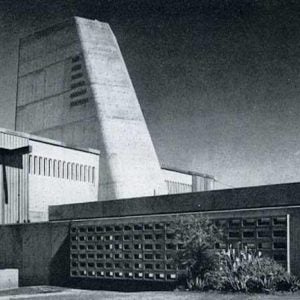
Poland’s MARIA research reactor, located at the National Centre for Nuclear Research (NCBJ – Narodowym Centrum Badan Jadrowych) in Otwock, Swierk, has temporarily closed after its operating licence expired at the end of March. The President of the State Atomic Energy Agency (PPA – Państwowej Agencji Atomistyki) is expected to issue a new permit shortly.
NCBJ submitted to PAA an application for authorisation to operate the MARIA research reactor, together with the required documents, in August 2024. This application has over 30 documents with attachments, which require careful analysis and assessment by PAA, which has repeatedly requested NCJB to clarify and complete the documentation.
Until a new permit is issued, NCBJ will undertake activities and works aimed at ensuring nuclear safety, radiological protection and physical protection of the reactor. The reactor was closed for several months in 2023 for modernisation work in anticipation of the licence renewal application. During the outage, the main switchgear was replaced, control and parts of measuring systems were modernised. The modernisation works also included waste tanks, an aerosol measurement system inside the reactor building and a fan cooler. Modernisation of the switchgear and control was particularly demanding due to the need to replace the installation connecting old devices and systems, while maintaining their functionality. Preparations for this task had lasted several years.
The 30 MWt MARIA research nuclear reactor, designed and built by Polish specialists, was named in honour of the Polish Nobel Prize winner Maria Sklodowska-Curie. Its construction began in June 1970, and it was launched in December 1974. It is a water and beryllium moderated high flux pool type reactor with graphite reflector and pressurised channels containing concentric six-tube assemblies of fuel elements. It is used for radioisotope production, materials and fuel testing, silicon doping, neutron radiography, neutron activation analysis, nuclear medicine and training.






